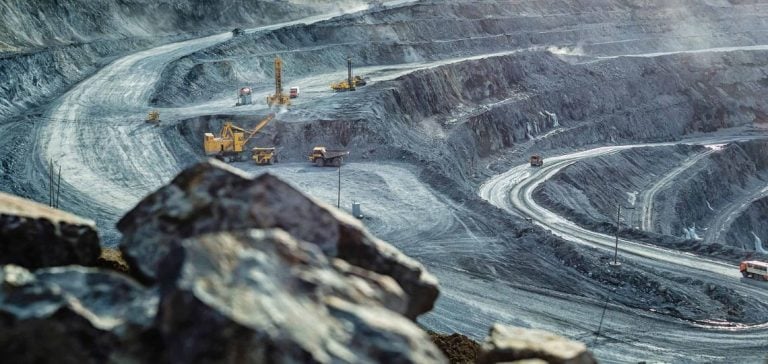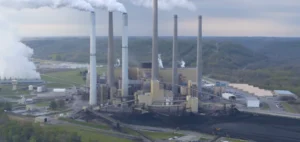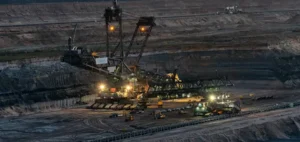Over the past decades, coal has experienced an unprecedented decline, gradually losing its central role in the U.S. energy mix. As the 2024 presidential elections unfold, the once-crucial issue of coal is almost absent from political discourse, notably among candidates Donald Trump and Kamala Harris. This silence reflects the evolution of the American energy sector and the growing acceptance of the inevitable transition to more sustainable energy sources.
The coal industry was long a powerful player in political financing and lobbying. However, structural changes in the energy market have led to a decreasing demand for coal. In 1990, coal accounted for 52% of the electricity produced in the United States. By 2023, this figure had dropped to 15%, and it is projected to reach only 6.4% by 2035, according to forecasts from S&P Global Market Intelligence.
The Gradual Decline of Coal’s Political Influence
U.S. coal production peaked in 2008, but this trend quickly reversed with the rise of natural gas and renewable energy sources. Under the Obama administration, climate policies exacerbated tensions with the coal industry, leading to a political polarization of its supporters, who largely rallied behind the Republican Party. Consequently, coal-producing states like West Virginia shifted to the Republican camp, leaving behind their historical support for the Democratic Party.
Robert Byrd, former senator from West Virginia, exemplified this paradigm shift when he declared in 2009 that resistance to change would condemn the industry. However, many residents of the state ignored this shift, preferring to support candidates advocating for the coal industry’s continuation.
The Energy Disruption Triggered by Hydraulic Fracturing
The rise of shale gas, made possible by advancements in hydraulic fracturing, profoundly disrupted the coal market. This gas, cleaner and cheaper, offered an attractive alternative to coal-fired power plants. In this context, Donald Trump’s 2016 campaign gained attention by promising to “revive” coal. However, despite Trump’s promises, the industry continued to decline during his tenure, with production and employment dropping by 26.5% and 18.2%, respectively, between 2016 and 2020.
Today, coal’s political influence has diminished to the point where neither Trump nor Harris addresses the issue in their 2024 electoral speeches. This abandonment underscores the fact that coal is no longer a major political issue, with most voters appearing to accept its inevitable decline.
Coal Facing Environmental Regulation
The future of coal remains a strategic topic for the sector, particularly due to new environmental regulations. A rule from the Environmental Protection Agency (EPA) now requires coal and gas plants to capture 90% of their carbon emissions by 2032. Industry players are concerned about the impact of these restrictions on energy production and the reliability of the electricity grid.
Despite this decline in influence, some voices continue to advocate for coal’s retention in the energy mix, citing concerns over reliability and energy security. The spokesperson for the National Mining Association, in particular, points out that grid reliability regulators, operators, and electricity suppliers warn of potential energy shortages if coal is eliminated too quickly from the energy landscape.
Local Influence but Fading Nationally
While coal is no longer a national priority, it retains some influence at the state level. Public utility companies have recently delayed coal plant closures, seeking to postpone the transition to renewable energies. Local lobbying efforts aim to persuade authorities to slow down this transition by highlighting the risks of blackouts and high consumer costs.
According to Bruce Nilles, executive director of Climate Imperative and a former leader of the Sierra Club’s Beyond Coal campaign, the coal industry remains active in certain states, succeeding in creating a sense of crisis and influencing local decisions.
As America appears to pivot toward a cleaner energy future, coal continues to resist through local initiatives, even though it is increasingly regarded as a relic of a bygone era.






















